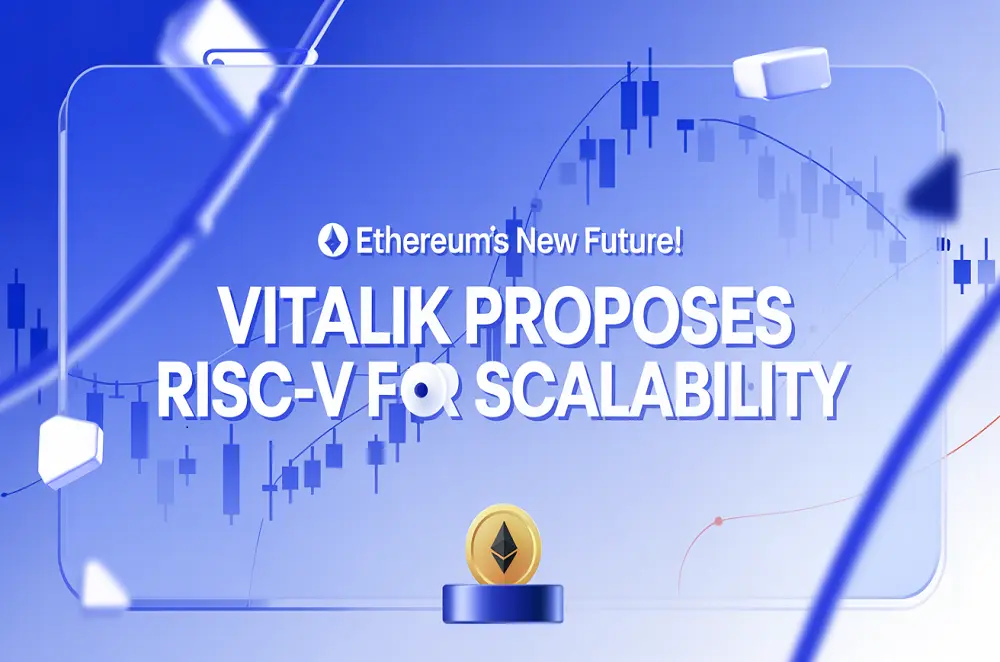A big change is possible in the world of crypto and blockchain technology. Ethereum co-founder Vitalik Buterin has proposed replacing the Ethereum Virtual Machine (EVM) with an open-source architecture RISC-V. He says that this change can take Ethereum’s scalability and performance to the next level.
Table of Contents
- What is EVM and Why is There a Need for Change?
- Why is RISC-V a Better Option?
- What Did Vitalik Buterin Say?
- What Will Be the Way Forward?
- Conclusion
What is EVM and why is there a need for change?
The Ethereum Virtual Machine (EVM) is the computational engine that runs smart contracts. It is the backbone of Ethereum’s entire network. But over time, the limitations of EVM have come to the fore – especially in terms of scalability, efficiency and modern compiler support.
Vitalik Buterin believes that the complexity of EVM and the difficulties in its optimization are slowing down the development pace of Ethereum.
Join The Quantitative Elite Community here: The Quantitative Elite on Skool
Why is RISC-V a better option?
RISC-V is an open-source instruction set architecture (ISA) that anyone can use. It supports simple, modular, and lightweight hardware designs, making it scalable and efficient.
Buterin believes that if Ethereum’s smart contracts are run directly in a virtual machine based on RISC-V, it will greatly improve scalability solutions such as zero-knowledge proof (ZK-proof). Today, many ZK-EVMs are already using RISC-V as an intermediate language.
What did Buterin say?
In a post shared on the Ethereum Magicians forum, Buterin said:
“EVM has many design decisions that are becoming a hindrance in today’s time. We must take a path that makes Ethereum simpler, cheaper, and more scalable in the long term. RISC-V can be a strong option in that direction.”
He also suggested that developers should create smart contracts in the future that can be compiled directly in RISC-V.
What will be the way forward?
Implementing this change will not be easy. Ethereum’s entire ecosystem, developers and tooling infrastructure will have to be ready for this. This can be a long-term plan, which will take shape after tests and research in the next few years.
Still, Buterin’s idea definitely shows a direction – that Ethereum is not just a crypto network, but also a laboratory for technological innovation.
Conclusion:
If Ethereum moves from EVM to RISC-V, it can not only improve technical performance, but also make blockchain technology more accessible and powerful. Buterin’s proposal is just the beginning of the debate on the future of Ethereum, but it is clear that the next chapter of Ethereum is going to be even more exciting.
Grab your copy of Practical Python for Effective Algorithmic Trading here: Amazon – Practical Python for Effective Algorithmic Trading

